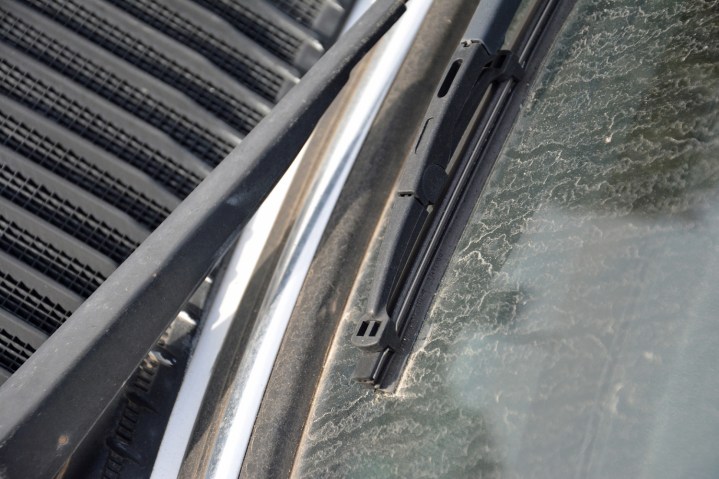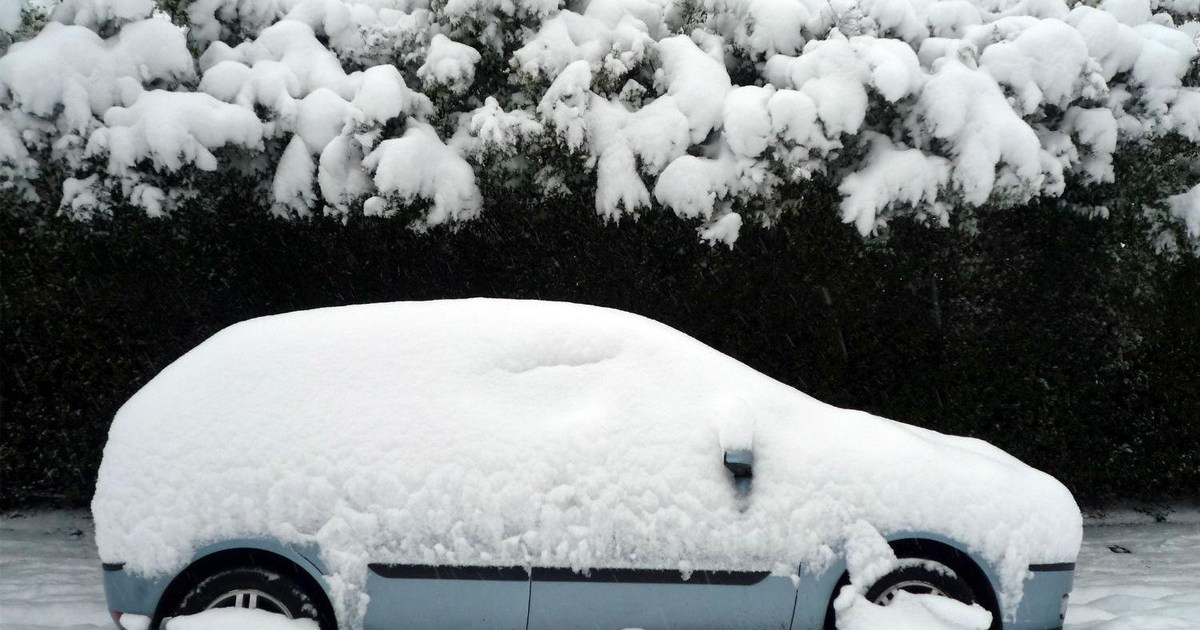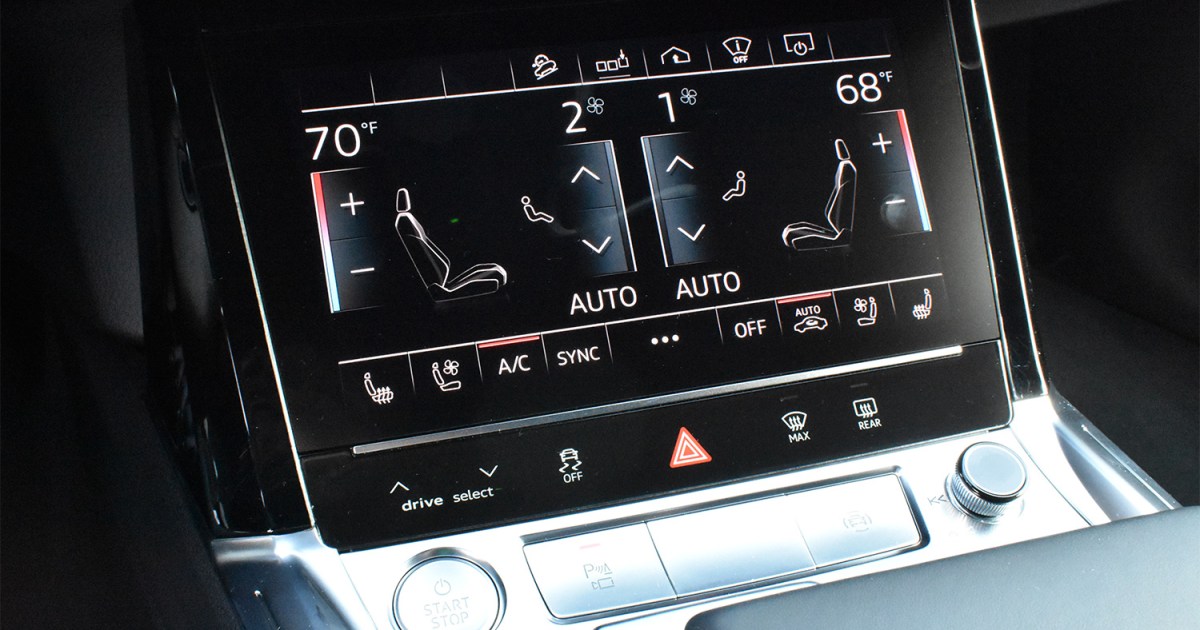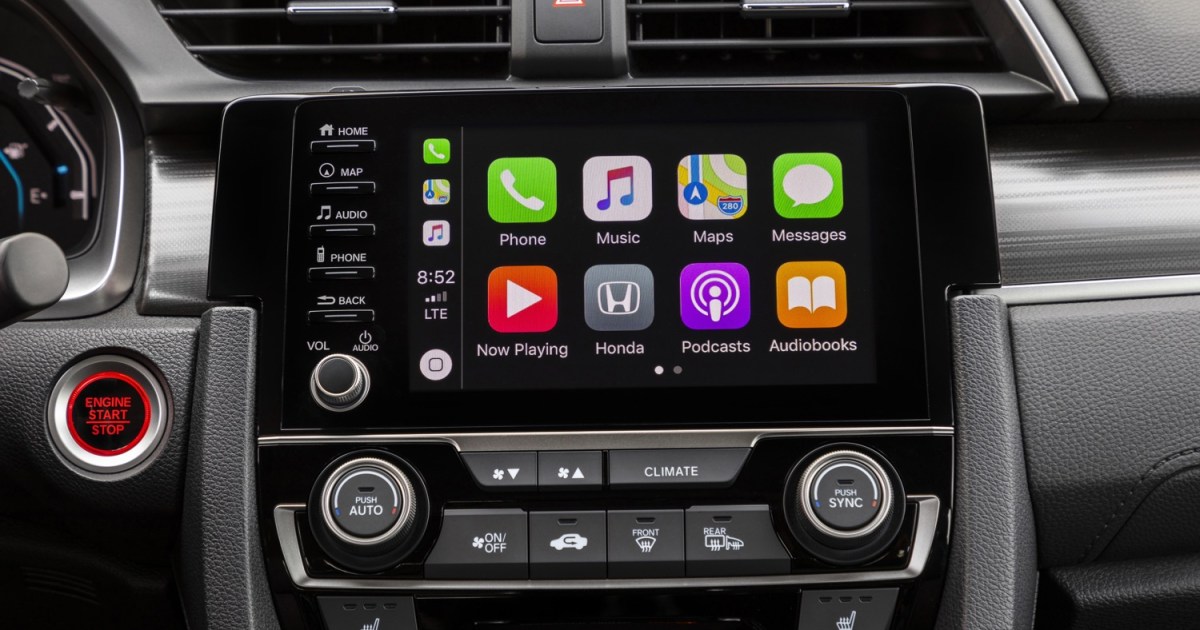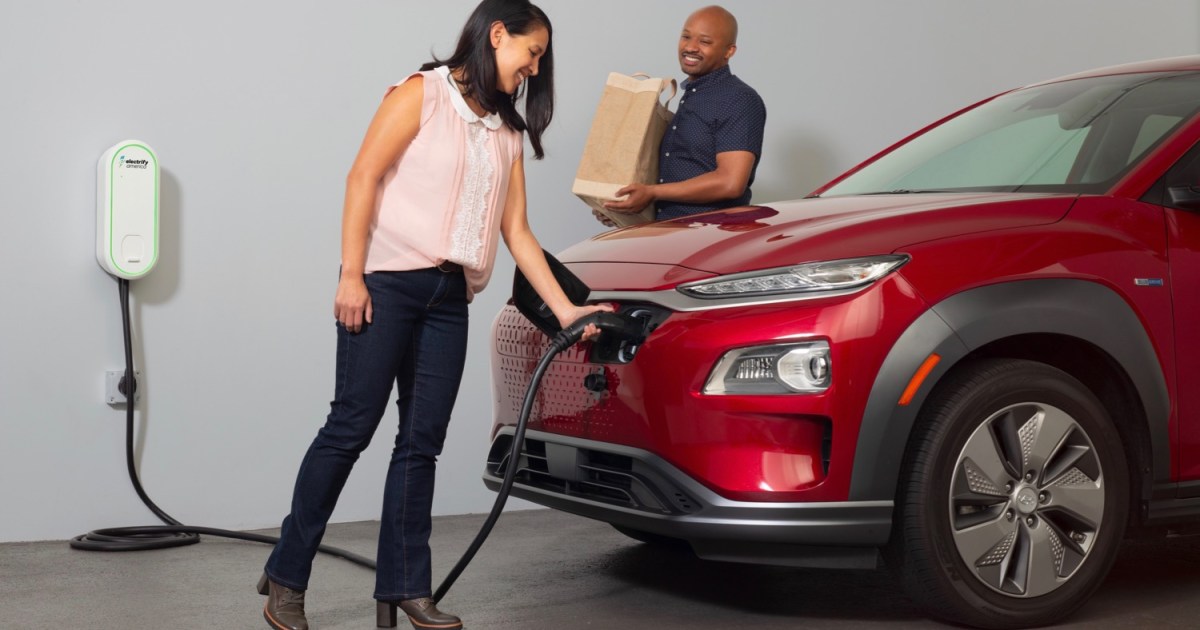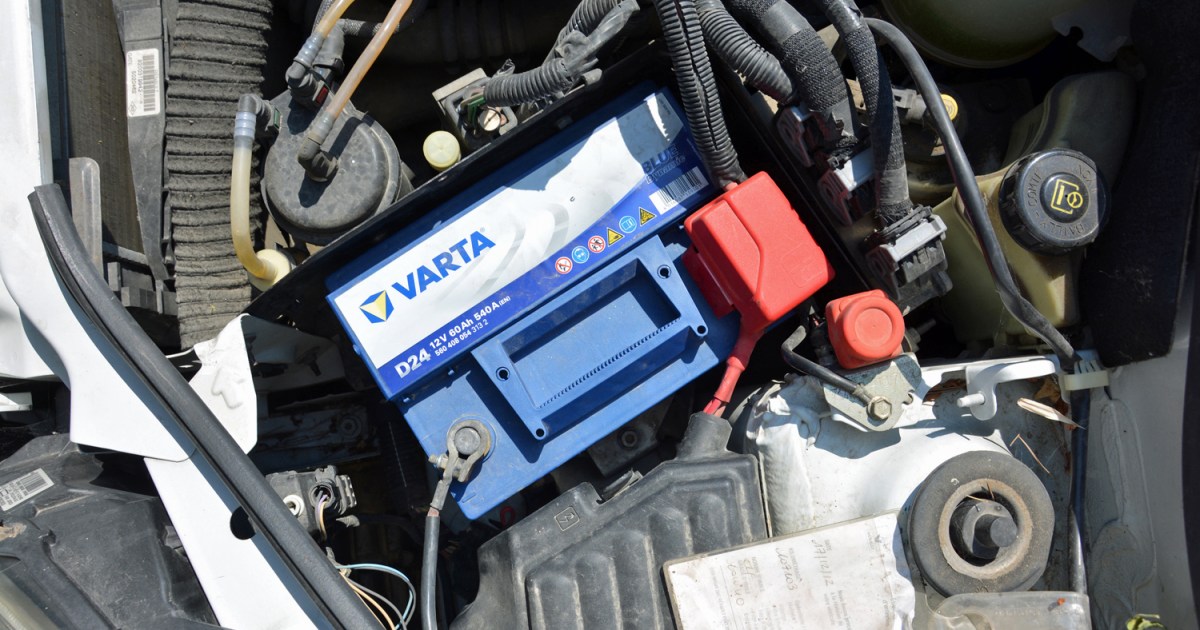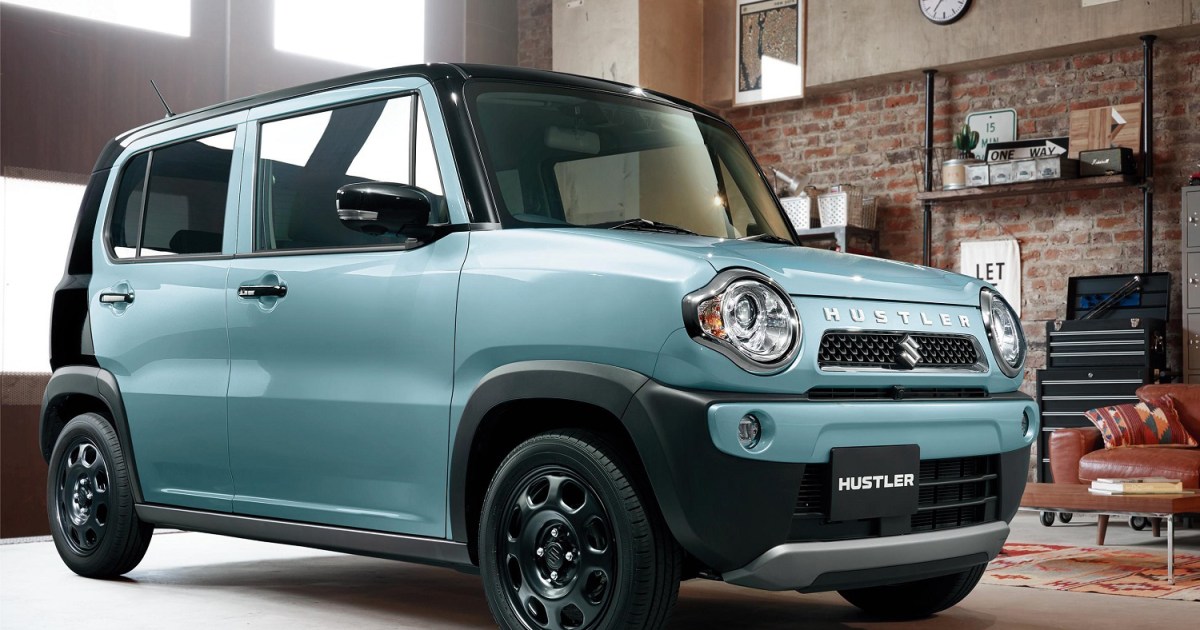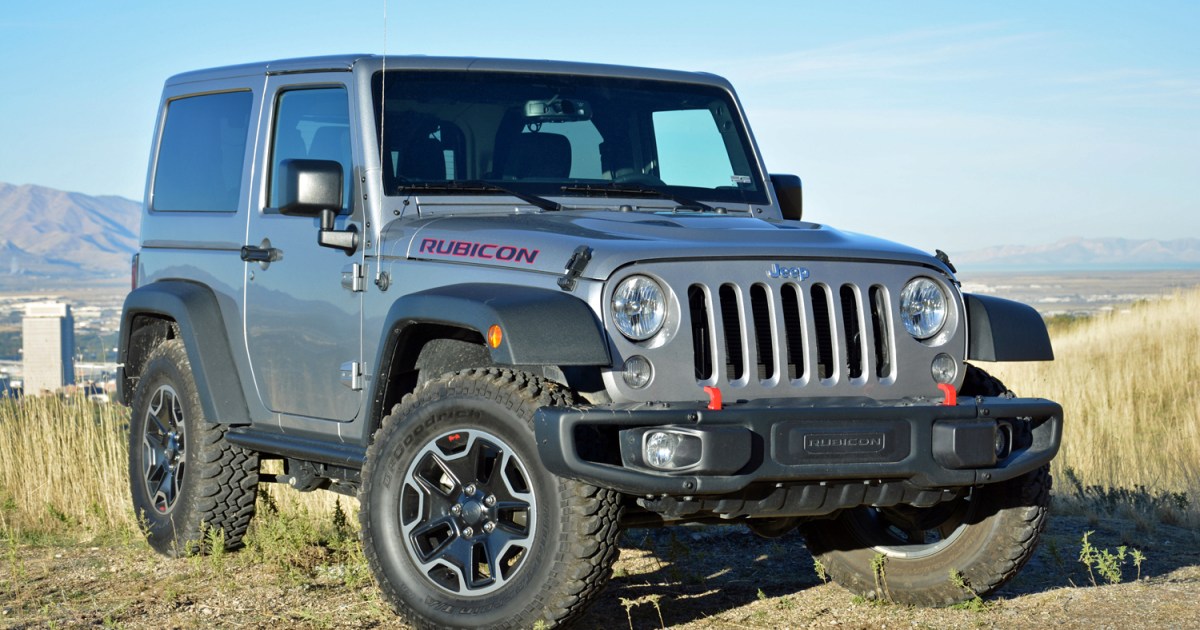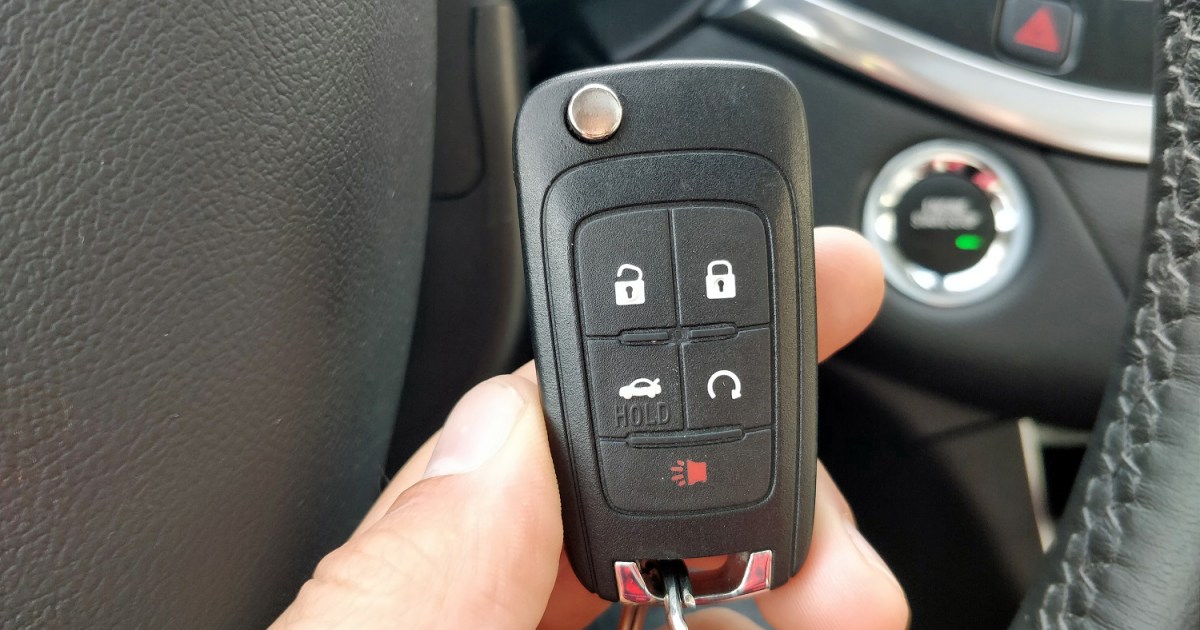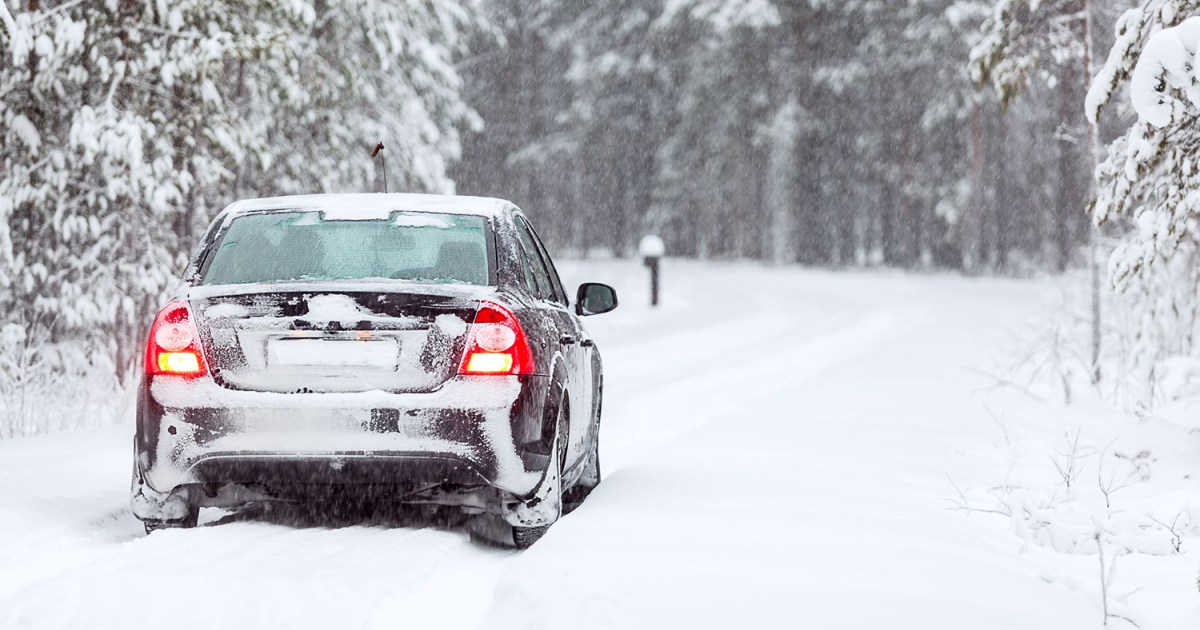The arrival of colder weather signals a change not only in our wardrobes but also in the demands placed on our vehicles. Winter driving presents unique challenges, from navigating snowy roads to ensuring your car can withstand freezing temperatures. This guide provides essential tips for winterizing your car to ensure safe and hassle-free driving throughout the season.
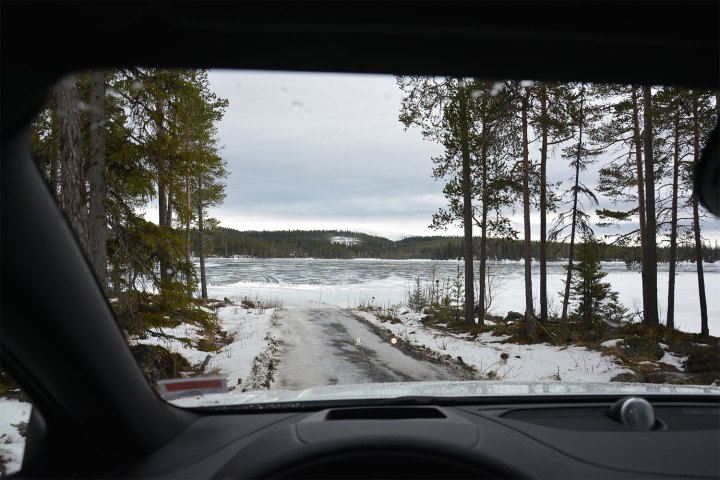
Protecting Your Car from the Elements
One of the simplest yet most effective ways to protect your car during winter is to shield it from the elements. If you have access to a garage or covered parking, utilize it. This prevents ice buildup on your windows and protects your car’s paint from the damaging effects of snow and ice. If covered parking isn’t an option, consider using a car cover. Remember to wash the cover regularly to remove road salt and other debris that can harm your car’s finish.
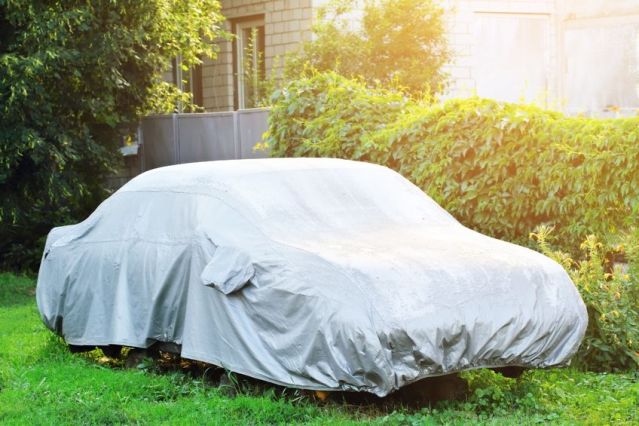
Battery Care in Cold Weather
Cold temperatures significantly impact battery performance, reducing power by up to 50%. Before winter sets in, have your battery tested by a mechanic. If you have any doubts about its reliability, consider replacing it. Throughout the year, keep battery terminals clean by using a mixture of baking soda and water with a wire brush to remove corrosion.
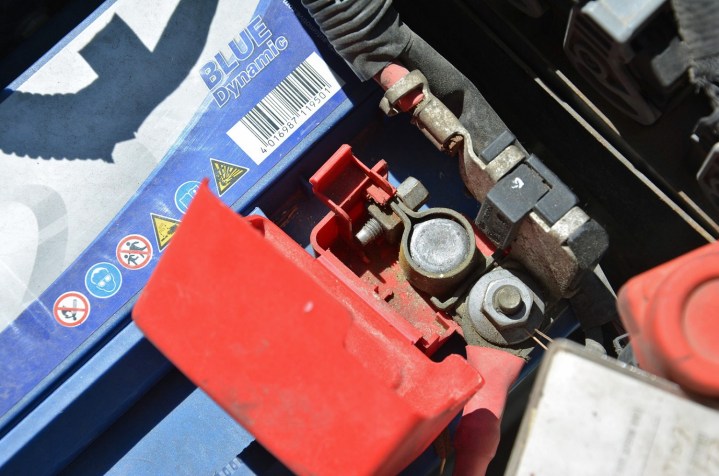
The Importance of a Pre-Winter Inspection
Just as regular checkups are crucial for our health, a pre-winter inspection by a qualified mechanic is essential for your car. A mechanic can verify the condition of vital components such as the radiator, brakes, and fluids like antifreeze, brake fluid, and oil. Maintaining at least half a tank of gas is also recommended to prevent fuel lines from freezing. An oil change before winter is also a good preventative measure.
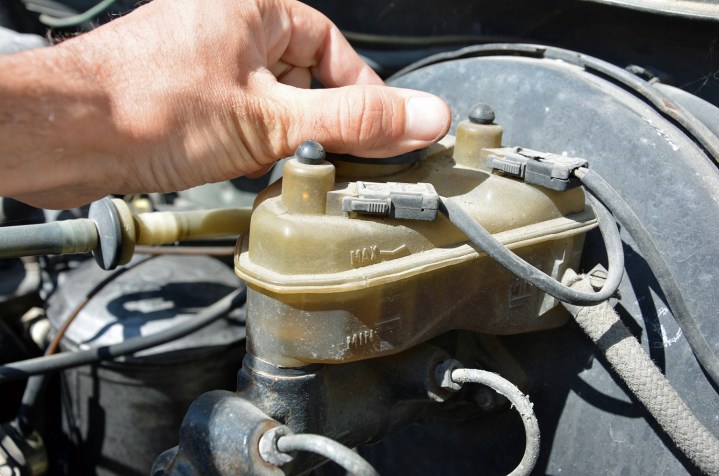
Enhancing Traction with Winter Tires or Chains
Tires play a critical role in winter driving safety. Ensure your tires have adequate tread depth (at least 1/8 inch) for optimal traction. Check for flat spots, which can occur in cold weather, and have them inspected if they persist. For enhanced grip in snowy or icy conditions, consider using snow tires or chains. Snow tires are typically installed for the entire winter season, while chains can be removed as needed.
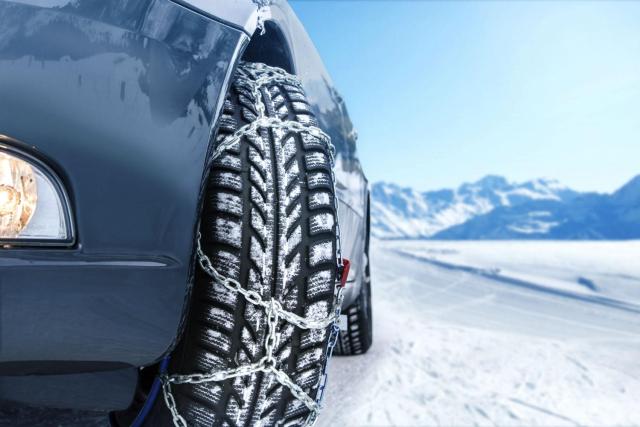
Preparing for the Unexpected: Emergency Kit Essentials
Despite careful preparation, unforeseen situations can arise during winter driving. A well-stocked emergency kit is crucial. Include essentials like bottled water, non-perishable food, flares, blankets, a shovel, flashlights, batteries, and a first-aid kit. Pre-assembled emergency kits are also available, offering various levels of preparedness, including phone chargers, radios, and even folding saws. Kitty litter can be a useful addition for melting ice and gaining traction if you get stuck.
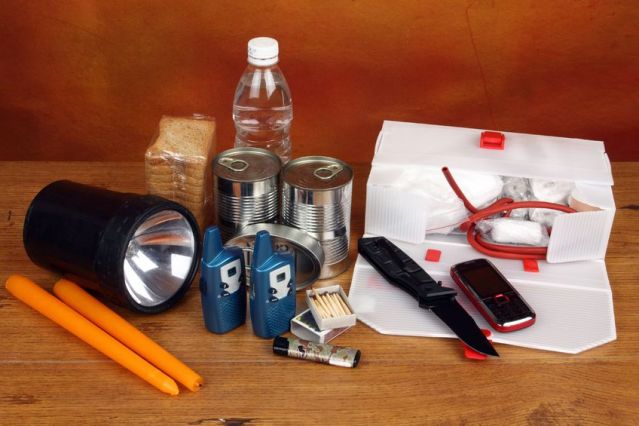
Improving Traction with Sandbags
For rear-wheel-drive vehicles and trucks, sandbags can be a valuable asset for added traction. Placing sandbags in the truck bed or car trunk distributes weight over the drive wheels, enhancing grip in slippery conditions. The sand itself can also be used to help free your vehicle if it becomes stuck in snow or slush.

Maintaining Visibility: Wiper Blade and Fluid Check
Worn-out wiper blades can significantly impair visibility during winter weather. Regularly check and replace your wiper blades, especially if you haven’t changed them recently. This is a quick and inexpensive maintenance task that can greatly improve driving safety. Also, ensure your windshield washer fluid is topped off with a winter-specific formula to prevent freezing.
